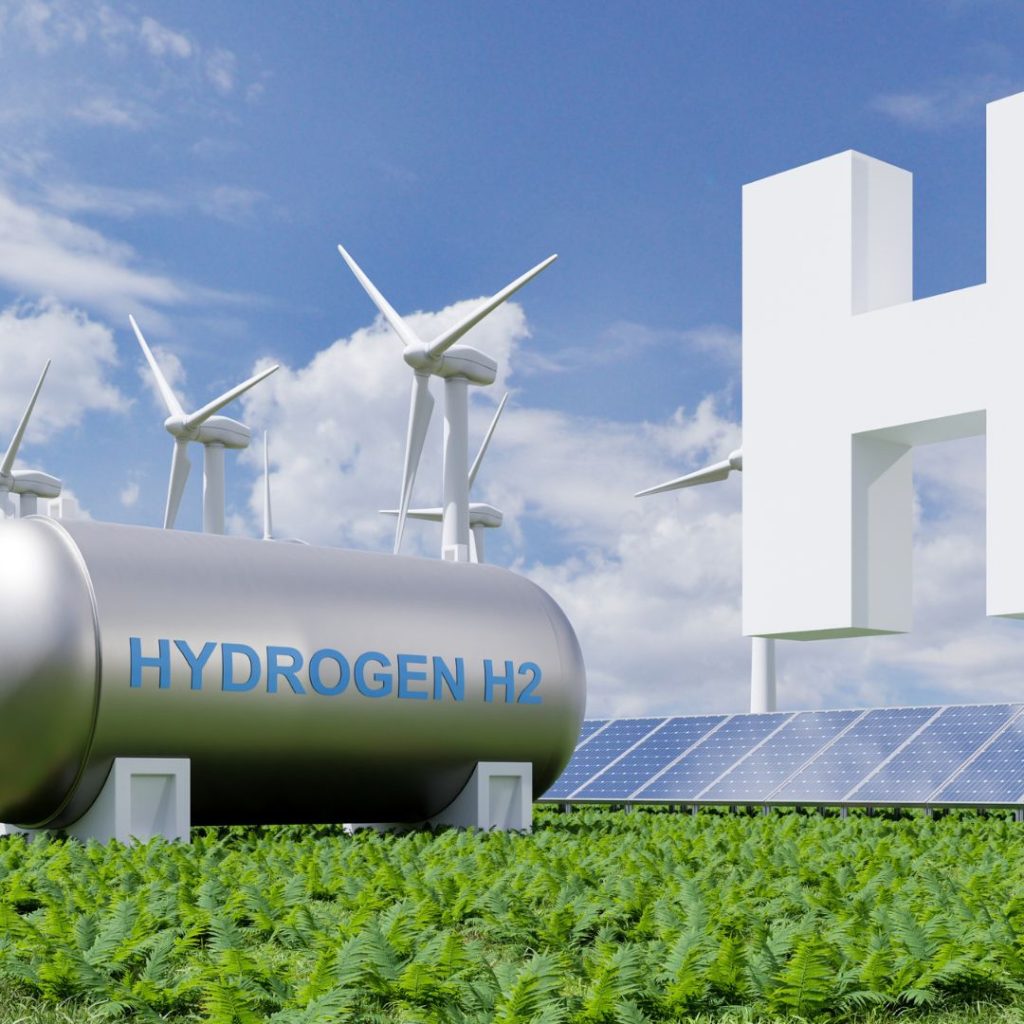Part 2: Hydrogen as a solution to the energy transition?

Every day, the sun provides us with the annual energy requirements of the entire human race. For many scientists, it is therefore the only primary energy source of the future. However, hydrogen is also justified under certain conditions, which we will discuss in more detail in Part 2.
The sun is the most important source of energy
In a statement on the opportunities and limitations of hydrogen technology, Prof. Dr. Enno Wagner, Professor of Mechatronic Design and Technical Mechanics at the Frankfurt University of Applied Sciences (Frankfurt UAS), says that it cannot be a primary solution to the energy problem, but only solar energy, which is freely available: "Our actual sustainable energy source is the sun. In the form of high-quality solar radiation, an amount of energy hits the earth every single hour that corresponds to the annual needs of the entire human race," explains the scientist.
"The first task must therefore be the large-scale development of solar energy on a global scale. Highly efficient solar cells, solar thermal power plants, but also solar chemistry (for direct hydrogen production from sunlight) must be developed technically. The second step is the direct use of solar power via electricity grids, which must be massively expanded for this purpose. The third step is energy storage, because this always involves losses."
Where does the use of hydrogen make sense?
It is clear today that hydrogen will hardly make sense in many areas of application in the future due to its efficiency problems. However, where the use of direct green electricity makes no economic sense or is technically impossible and there are few other climate-friendly alternatives, hydrogen could play a major role. For example, for trucks, airplanes and ships that have to travel long distances.
Prof. Wagner comments: "Seasonal energy storage for dark and cold winter months therefore only really makes sense with hydrogen. Trucks, locomotives and ships that travel long distances will probably also fill up with hydrogen in the future and have fuel cells on board to generate electricity. Synthetic fuels have a much poorer energy balance than hydrogen, so they are more likely to be used in niche applications, for example in aviation.
And also in steel production and the chemical industry. According to the German Energy Agency (DENA), around 95 percent of CO2 emissions could be saved if hydrogen were to replace coal in blast furnaces.
Price is a stumbling block
At the moment, production is still very expensive, but will become increasingly attractive in the future as the price of renewable energies falls. "The International Energy Agency expects that the price of hydrogen could fall by a third by 2030. It sees savings potential in the falling electricity prices for green electricity and in electrolysers, which can be produced more cheaply as soon as mass production has started," writes Jannis Carmesin in quarks.
"If the energy transition is to succeed, we need to reinvest the bulging cash accounts from the fossil fuel industrial age sensibly: in education, research and development, start-ups, culture and a new flexible and sustainable infrastructure that provides space and scope for qualitative growth. In this way, the various energy systems will interact via smart networks in the future: Solar cells, batteries, fuel cells and devices that we cannot even imagine today. This is the only way we will experience the next economic miracle - in a new intelligent solar age," says Prof. Wagner and calls for a rethink of investments.
Video on the topic:






